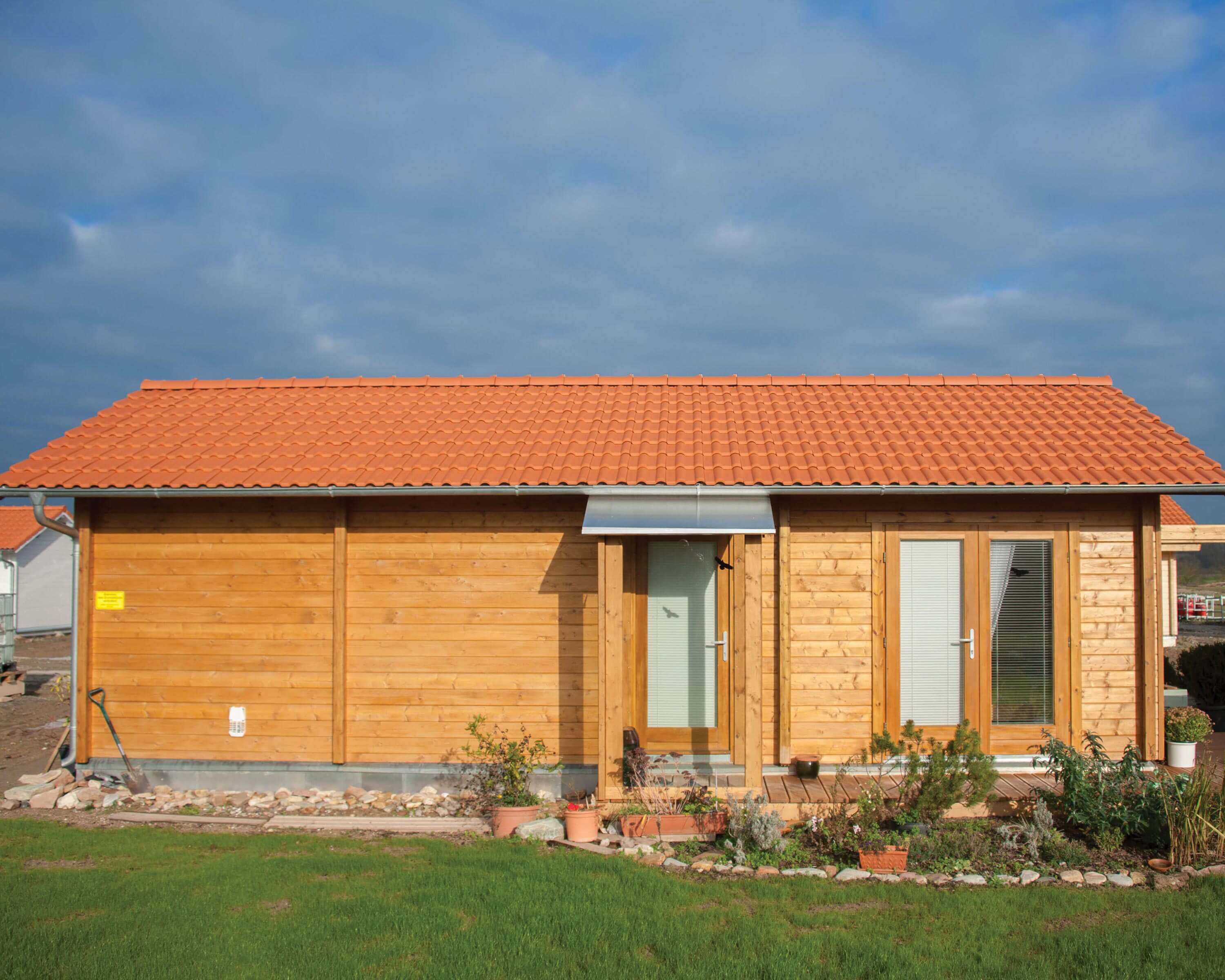Although the size of the average family in Canada has decreased over the past 50-60 years, the average size of a Canadian house has increased almost three times. In 1945, the average house was 800 square feet compared to 2,200 square feet today.
While most of that space is generally not used on a regular basis, we are now seeing a shift in the other direction. Many people are realizing that they don’t need all the “stuff” that ends up filling up a bigger house and they can be perfectly happy living in a smaller space that has only what is needed.
As people pay more attention to the environment, many are starting to look at our ecological footprint. When talking about a house, the ecological footprint is mainly determined by the size and the location of the house. Size becomes a factor simply because the larger the house, the more materials it takes to build it and most of those materials are coming from existing, but not infinite, resources of Earth. A larger home also uses more energy to keep it warm, to keep it cool, and to keep it well lit.
As an increasing number of Canadians are expressing interest in smaller space living, one indicator of the trend is that those writing and speaking about the movement have coined the euphemism “rightsizing” instead of “downsizing” since they feel this more aptly describes how many view their choice to go small. Rising costs of energy, recent mortgage costs, and the economy have all contributed to the tiny house trend, but the tiny home owners don’t describe a sense of loss with the space change. Instead, they feel they have traded in square footage for an increase in the richness of their life.

Further homeowners feel that their investment in a smaller home and maximization of space perfectly suit their needs. Most “tiny homes” are less than 300 square feet and use innovative storage solutions to provide all the amenities of a full-size home only on a smaller scale. These small houses are either custom built or made from an existing plan. Some are permanent structures on land, whereas others are built on trailers so they can be relocated easily if the homeowners need to move either due to necessity or desire. Therefore, if the homeowners need to move frequently, either due to necessity or desire, they can easily move their home to its new location.
In addition to increased mobility, there are many other benefits to “rightsizing” including the ability to significantly reduce the expense of home ownership. Covering costs will be considerably less which leaves homeowners with much more disposable income. Part of the trend’s pull is that many people only dream of paying cash for their home or having the ability to pay off their mortgage but buying a tiny home can make that all a possibility. There is also the element of making less of an ecological footprint, not to mention that maintaining a small house will cost considerably less than a large home and energy bills will be significantly less.
As I settled in to watch one of the episodes, it occurred to me that the appeal of these tiny homes was quite undeniable. Whether you’re a budget-minded or environmentally conscious Millennial, a Gen Xer seeking to slash living costs while lessening their environmental footprint, or an aging baby boomer, the trend of tiny homes grows bigger and larger by the minute.
